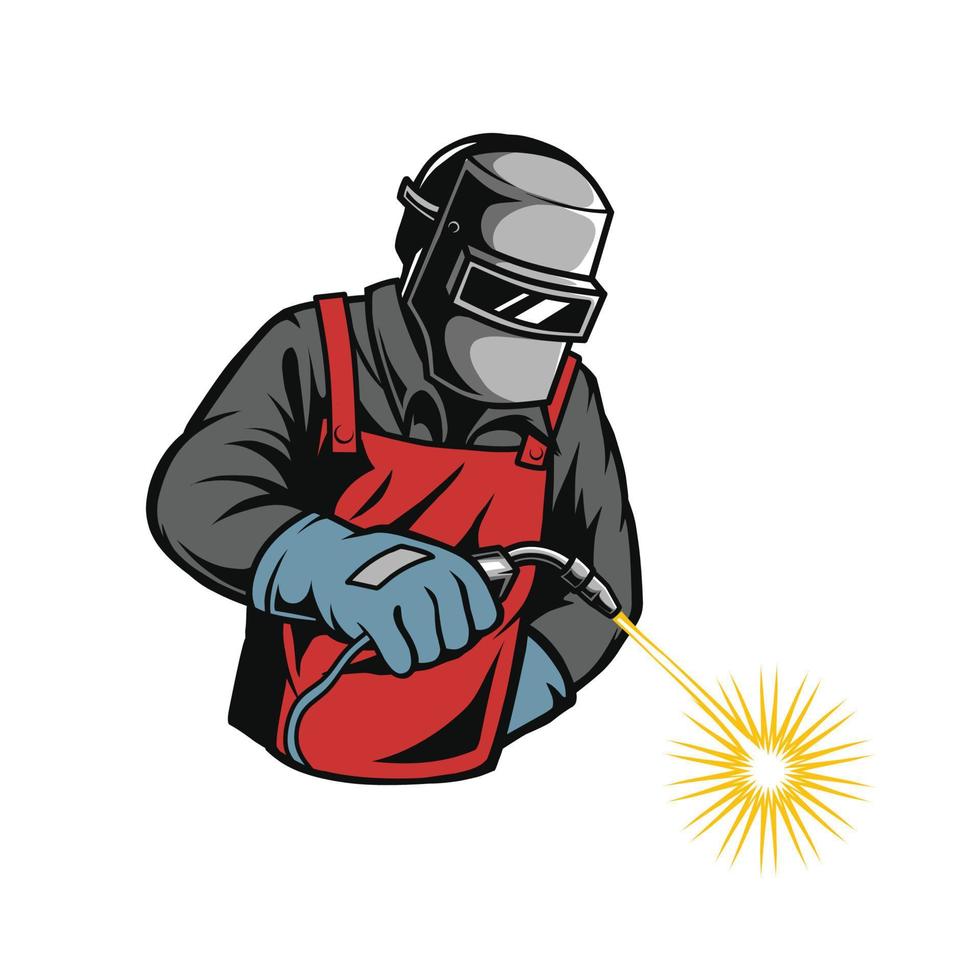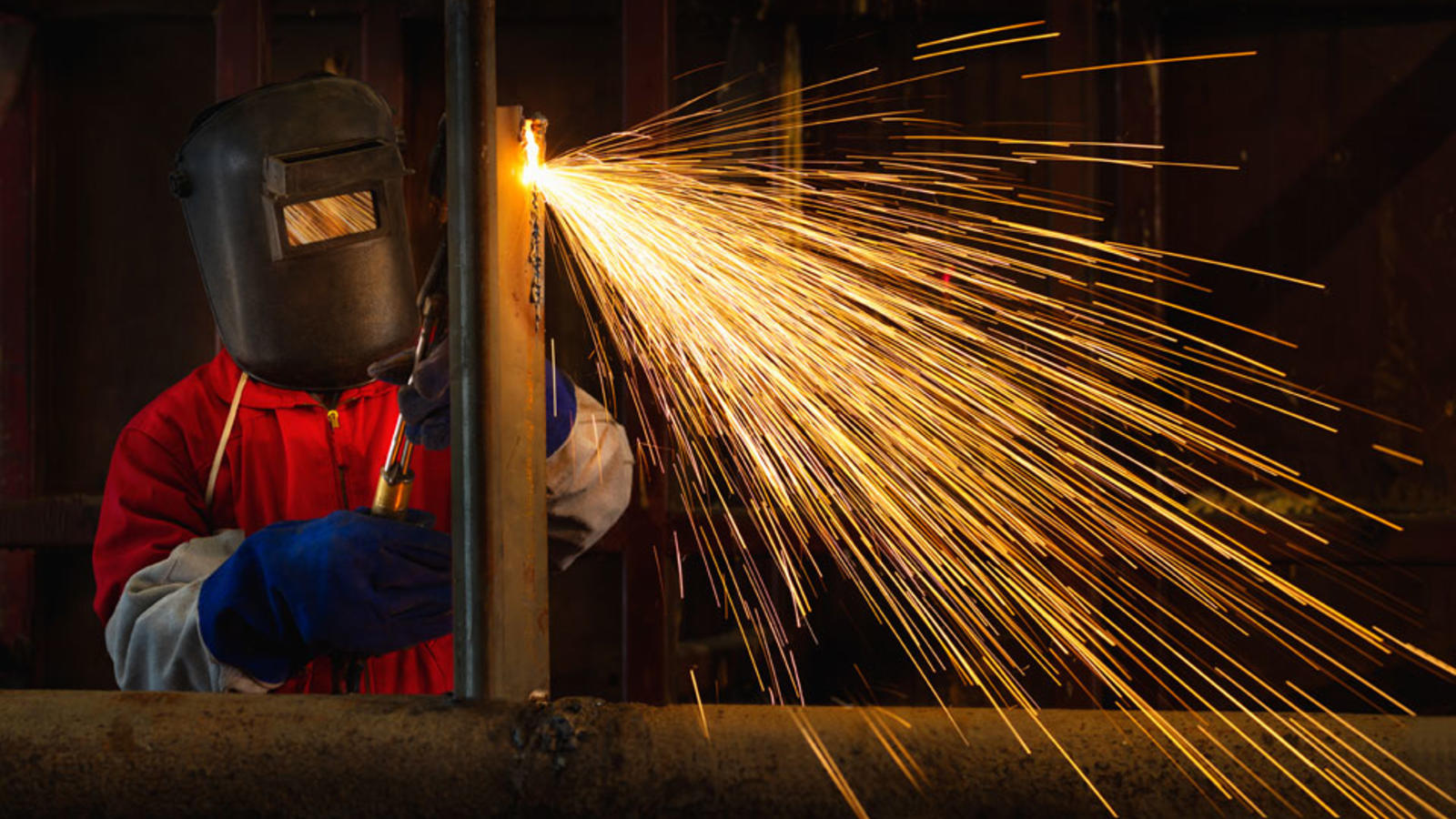Creating a Welding WPS: Step-by-Step Instructions for Professionals
Creating a Welding WPS: Step-by-Step Instructions for Professionals
Blog Article
The Ultimate Guide to Welding WPS Procedures: A Detailed Introduction for Welders
In the elaborate world of welding, Welding Procedure Specs (WPS) offer as the backbone of ensuring top quality, uniformity, and safety and security in welding operations (welding WPS). As we delve into the various components of a WPS and discover the details of qualification and accreditation, we will uncover the vital function these procedures play in the realm of welding.
Significance of WPS Procedures
Recognizing the value of Welding Treatment Requirements (WPS) procedures is vital for guaranteeing the quality and honesty of welded structures. WPS procedures work as a roadmap for welders, describing the required steps, parameters, and materials required to attain an audio weld. By sticking to WPS standards, welders can make certain uniformity in their work, resulting in trustworthy and structurally audio welds.
Among the key reasons why WPS procedures are important is their role in preserving weld high quality and integrity. Following the defined welding parameters and techniques laid out in the WPS helps prevent problems such as porosity, cracking, or insufficient blend, which can endanger the strength and sturdiness of the weld. In addition, WPS procedures are crucial for guaranteeing conformity with market criteria and codes. By complying with well established WPS guidelines, welders can show that their work fulfills the needed demands for safety and top quality, giving guarantee to customers, examiners, and regulatory bodies. Essentially, the relevance of WPS treatments can not be overemphasized, as they are essential to achieving regular, top notch welds that fulfill sector standards and specs.

Elements of a WPS
A Welding Procedure Requirements (WPS) commonly consists of vital elements that information the particular needs for implementing a weld, guaranteeing consistency and top quality in the welding process. The key parts of a WPS include important variables such as base steels, filler metals, preheat and interpass temperatures, welding procedures, shielding gases, welding placements, and post-weld warmth treatment needs.
Base metals refer to the products being joined, while filler steels are utilized to fill up the gap in between the base metals throughout welding. Preheat and interpass temperatures are essential for controlling the warmth input and avoiding issues like splitting or distortion. The welding procedure details the specific strategy to be made use of, whether it's gas steel arc welding (GMAW), secured steel arc welding (SMAW), or one more technique. Shielding gases shield the weld pool from climatic contamination. Welding settings define the alignments in which welding can be performed. Post-weld heat therapy may be necessary to soothe tensions and boost the weld's residential properties. A comprehensive understanding of these components is crucial for producing a reliable and detailed WPS.

Credentials and Certification
Having actually established the essential elements of a Welding Treatment Spec (WPS), the focus currently changes in the direction of the essential aspects of credentials and certification in welding practices.

Accreditation, on the various other hand, is the official recognition of a welder's credentials by a relevant accreditation body or company. Welding certifications are usually based upon the certain welding processes, materials, and placements a welder is qualified to collaborate with. Holding a valid welding qualification demonstrates that a welder fulfills industry criteria and is qualified to do welding tasks to the called for specs.
Producing a WPS
To develop a Welding Procedure Specification (WPS) that meets industry standards, cautious consideration of welding procedures, materials, and operational specifications is crucial. The first step in producing a WPS is to identify the welding process to be used, such as gas steel arc welding (GMAW) or secured metal arc welding (SMAW)

Applying and Keeping Track Of WPS
Upon wrapping up the detailed Welding Treatment Requirements (WPS) that meticulously information welding procedures, products, functional criteria, and quality control procedures, the focus shifts to properly implementing and keeping an eye on the established treatments. Execution involves ensuring that all welders included in the job recognize with the WPS and follow it diligently throughout the welding process. This requires supplying appropriate training pop over to this web-site and guidance to assure adherence to the specified treatments. Checking the WPS entails continual oversight to verify that welding tasks straighten with the recorded specs. Evaluations, screening, and quality control steps are vital elements of the monitoring process to identify any issues or discrepancies quickly. Routine audits and reviews of the welding treatments assist in preserving consistency and top quality throughout the job. Efficient execution and surveillance of the WPS are important for making sure the honesty, toughness, and security of the welded joints, ultimately adding to the total success of the welding job.
Verdict
In conclusion, understanding and following Welding Treatment Requirements (WPS) is essential for welders to guarantee top quality, uniformity, and safety and security in their work. By knowing the elements of a WPS, getting correct certifications and certifications, creating comprehensive treatments, and executing and checking them efficiently, welders can improve their abilities and efficiency in welding practices. Adhering to WPS treatments is important for creating high-grade welds and conference industry standards.
In the elaborate world of welding, Welding Treatment Requirements (WPS) serve as the foundation of making certain top quality, uniformity, and safety in welding procedures. The welding procedure details the details technique to be used, whether it's gas steel arc welding (GMAW), secured steel arc welding (SMAW), or another method.To develop a Welding Procedure Requirements (WPS) that fulfills sector standards, careful factor to consider of welding processes, products, and operational parameters is essential. The initial step in creating a WPS is to identify the welding process to be utilized, such as gas metal arc welding (GMAW) or secured metal arc welding (SMAW)Upon completing the extensive Welding Procedure discover here Specification (WPS) that carefully details welding processes, products, functional parameters, and quality guarantee steps, the focus shifts to properly implementing and monitoring the recognized treatments.
Report this page